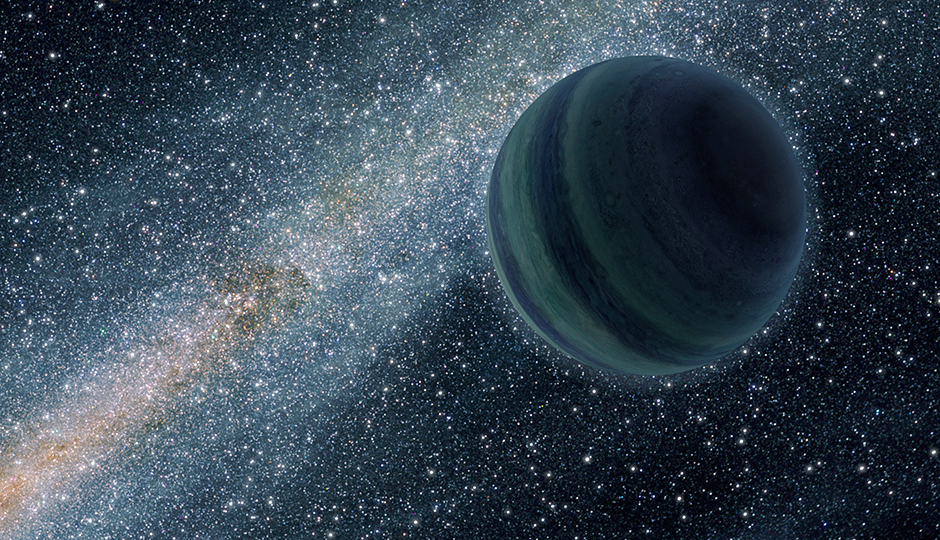Are we alone in the universe? This fundamental question will remain a mystery as long as there are celestial bodies that are difficult to observe, despite our ever more powerful tools. Such is the case for exoplanets. These planets beyond our solar system are generally in orbit around a bright star that, unfortunately, blinds our instruments and makes direct observation difficult.
His statistical tool identified many potential candidates, resulting in the discovery of some fifty new young brown dwarfs and a number of unknown celestial bodies.
Jonathan Gagné, a postdoctoral fellow at the Carnegie Institution for Science in Washington, therefore decided to turn his telescope towards brown dwarfs. These galactic objects, too massive to be called “planets” but not large enough to be stars, are isolated in space rather than in orbit around a dazzling host star, making it possible to detect their radiation and to study them directly. After formation, brown dwarfs slowly cool and contract, radiating energy into space for millions of years. Why this interest in brown dwarfs? Their atmospheres display a striking resemblance to those of gas giant exoplanets. By studying the former, we could learn a great deal about the latter.
The first Quebecer to receive a prestigious NASA Carl Sagan Fellowship, Jonathan Gagné developed a new algorithm that analyzes groups of stars in the solar neighbourhood and calculates the probability of finding a brown dwarf among them. His statistical tool identified 300 potential candidates that were then examined using powerful telescopes, resulting in the discovery of some fifty new young brown dwarfs and a number of unknown celestial bodies.
Too small to be brown dwarfs, these celestial objects are almost identical to gas giant exoplanets, except for the fact that they are isolated in space. The researcher is attempting to improve his cosmic surveillance tool to find more of these objects, which could be planets ejected from their solar system. Like brown dwarfs, these objects constitute an ideal laboratory for addressing some of the fundamental questions of astrophysics, such as “Does life exist elsewhere in the universe?”




